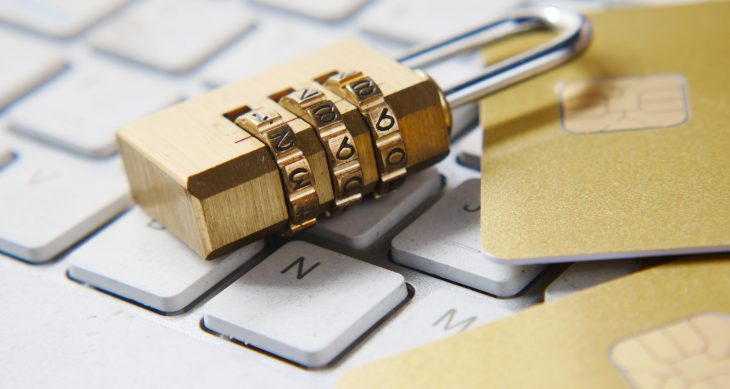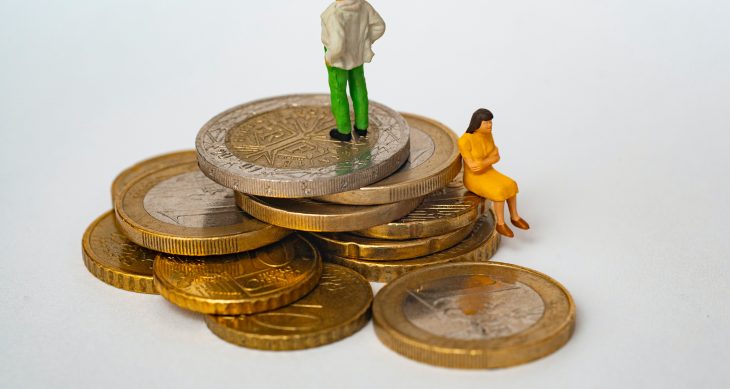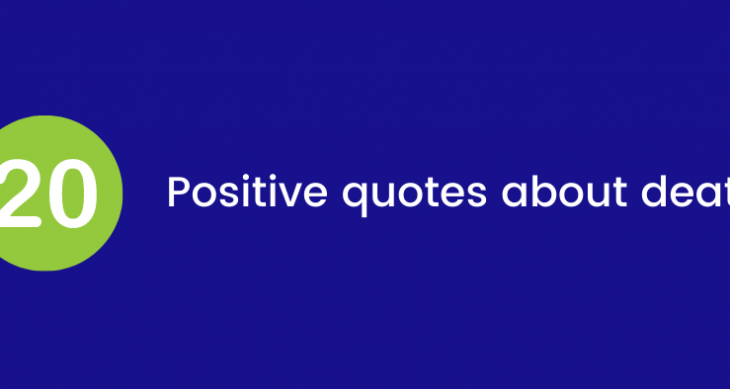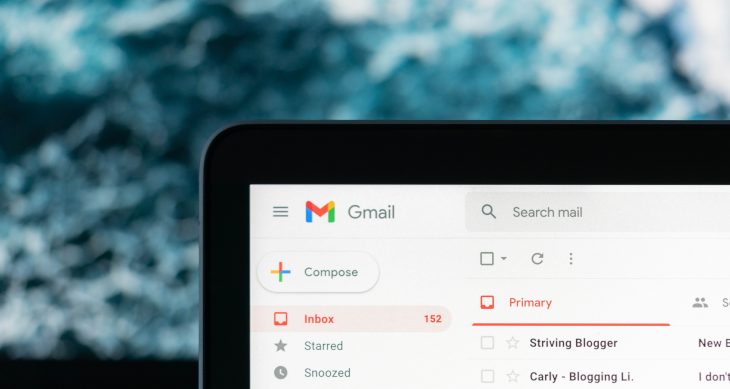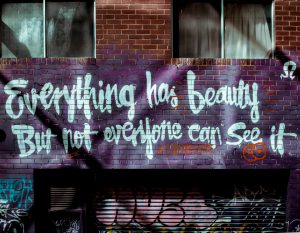
- Posted on
- Comments 0
What is an NFT?
The recent craze with NFTs has left many of us confused, especially with all of the stories of people spending absurd amounts of money for the “original copy” of something that only exists digitally. If you’re into digital art or collect digital assets, then you’ve probably heard of non-fungible tokens, or NFTs, before. But in case you haven’t, NFTs (or “non-fungible tokens”) represent unique digital items, like limited edition collectibles or in-game items. If you own these special tokens, you can trade them on NFT marketplaces or use them in games that support the transfer of these items between users.
NFTs
An NFT is a non-fungible token. The term “non-fungible” basically means that the item is unique and irreplaceable, sort of like a trading card or collector art piece. Comparatively, fungible objects are things like currency where one dollar can be traded for another while the value stays essentially the same. Each NFT can only have one owner, though there is some controversy about this ownership scarcity being artificial since digital files such as images can be copied and redistributed indefinitely at no cost even if one does not own it.
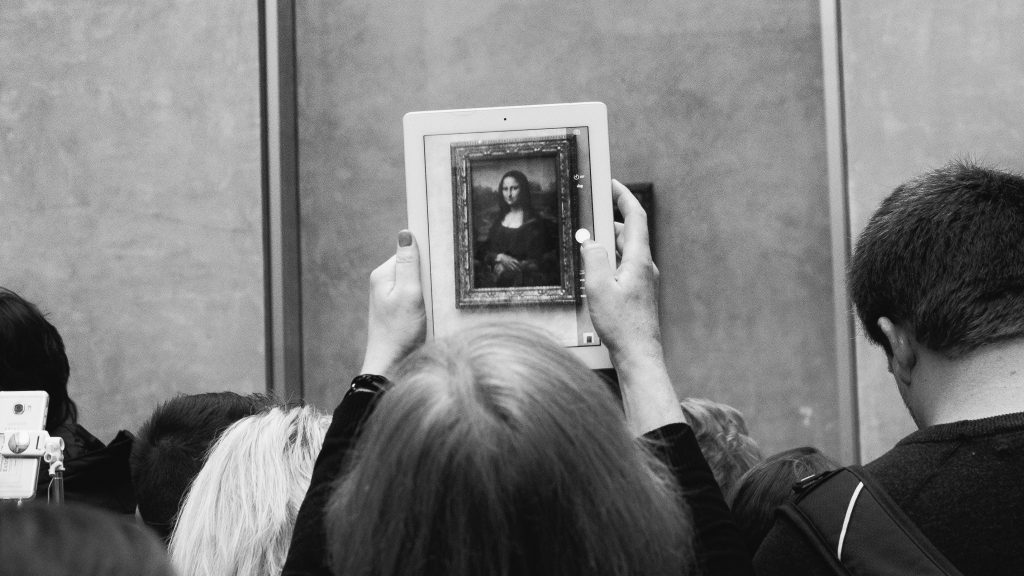
While NFTs have largely become associated with digital art such as pictures, GIFs, and videos recently, they can really be “minted” with digital representations of digital and non-digital assets. How this works is that, on a high level, NFTs are essentially created by linking a specific address on blockchains like Ethereum where they will be kept forever and unchangable. Minting an NFT does require a certain fee to be put on the blockchain though and it will take a certain amount of time. Platforms such as Foundation simplify this process for the end user and also give an interface for people looking to purchase NFTs from artists and creators.
Digital art, also known as e-art, net art or computer art, is a term for artwork that incorporates digital technology. While all digital art has to be technically created with digital equipment (e.g., computers), it does not have to deal with traditional definitions of art. As such, there are many works by artists which can fall under one or more other definitions of art which are nevertheless considered to be digital art. Digital technology offers artists new ways of creating and manipulating images and sounds.

Examples of NFTs
CryptoKitties, Beanie Babies, and baseball cards are all examples of non-fungible tokens (NFTs). They’re considered non-fungible because each asset has its own unique and immutable ID—you can’t replace one token with another. But what exactly makes them different from cryptocurrencies like Bitcoin or Ether? And why do they matter to developers and investors? Let’s dive into these questions. The first thing you might notice about NFTs is that they have no real use case on their own. You can’t spend CryptoKitties in a transaction—so how are people valuing these digital assets so highly? One big reason is due to decentralization, which helps solve two major problems for both gamers and online retailers: consumer trust and quality control.
Other examples of NFTs include the $150K NFT purchased recently by VISA, and a $69 Million NFT sold by Beeple, so NFTs are becoming much more mainstream than Beanie Babies.
Downsides of NFTs
The most recognized downside of NFTs is the environmental impact. Creating NFTs generates a significant carbon footprint, in fact creating one NFT can create the same as up to 10 years or more of the average person’s footprint. The Ethereum network actually uses about as much electricity as the entire country of Ecuador! Attempts are being made to reduce the environmental impact of NFTs, but it’s still a significant concern.
There’s also nothing in the technology of NFTs to secure an artist’s work from copyright infringement. Artists have reported seeing their work sold as NFTs without their permission, and without compensating them. Since the primary stated purpose of NFTs is to reward artists for their creations, this is a huge potential downside.
Finally, there’s just the “it’s so new, we’re not sure how it will be handled” side of things– which for NFTs encompasses everything from ownership contracts of NFTs, to how they will be handled for tax purposes, to how to will an NFT or other digital asset to your loved ones.
There is significant debate about what the future of NFTs will look like. Some compare buying and selling NFTs akin to gambling, and others align it to buying and selling fine art. By better understanding NFTs, you will be able to decide for yourself whether or not the NFT world is right for you.
Interested in learning more about digital assets, and how to protect them? Check out our other blog posts or how Easeenet works!


